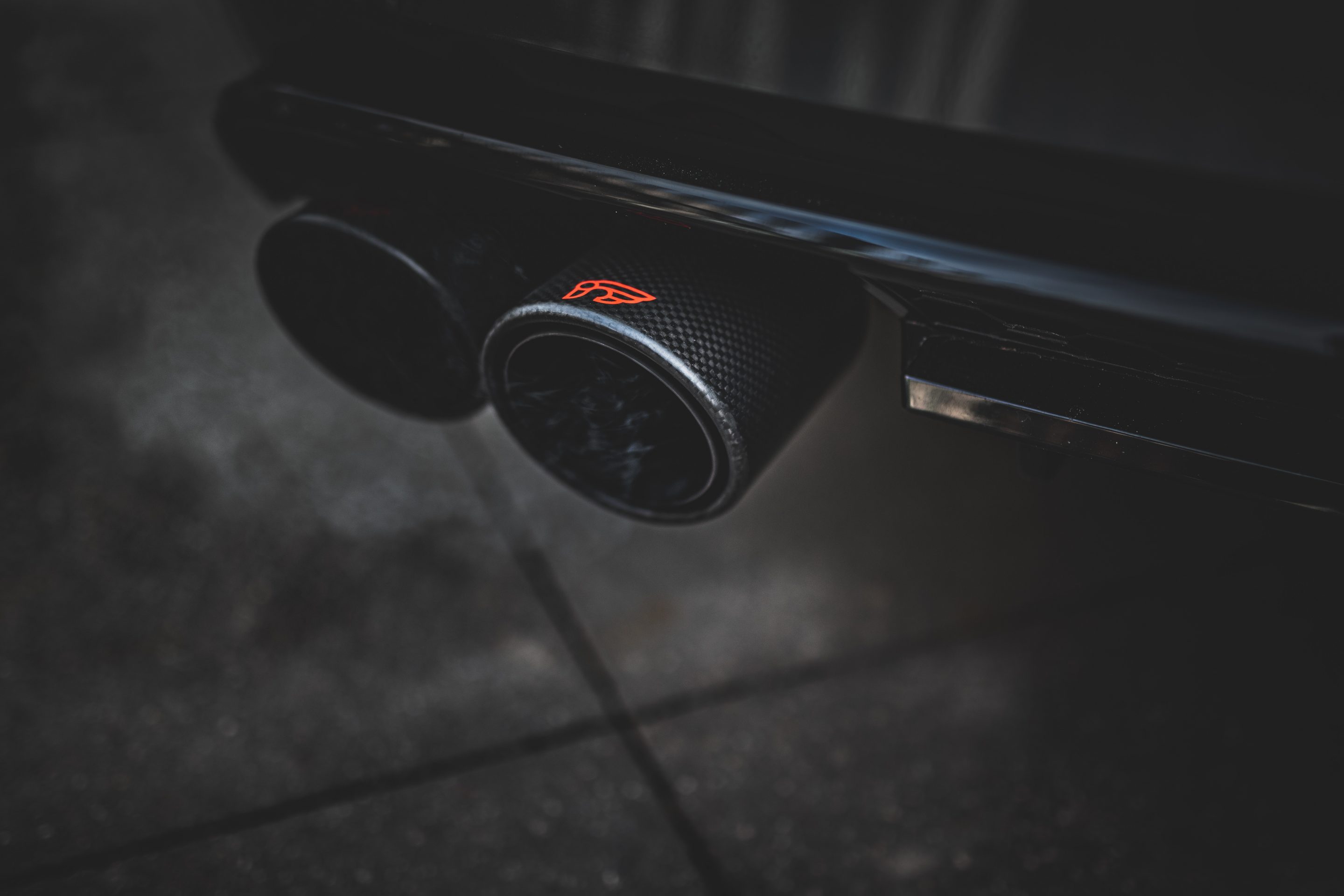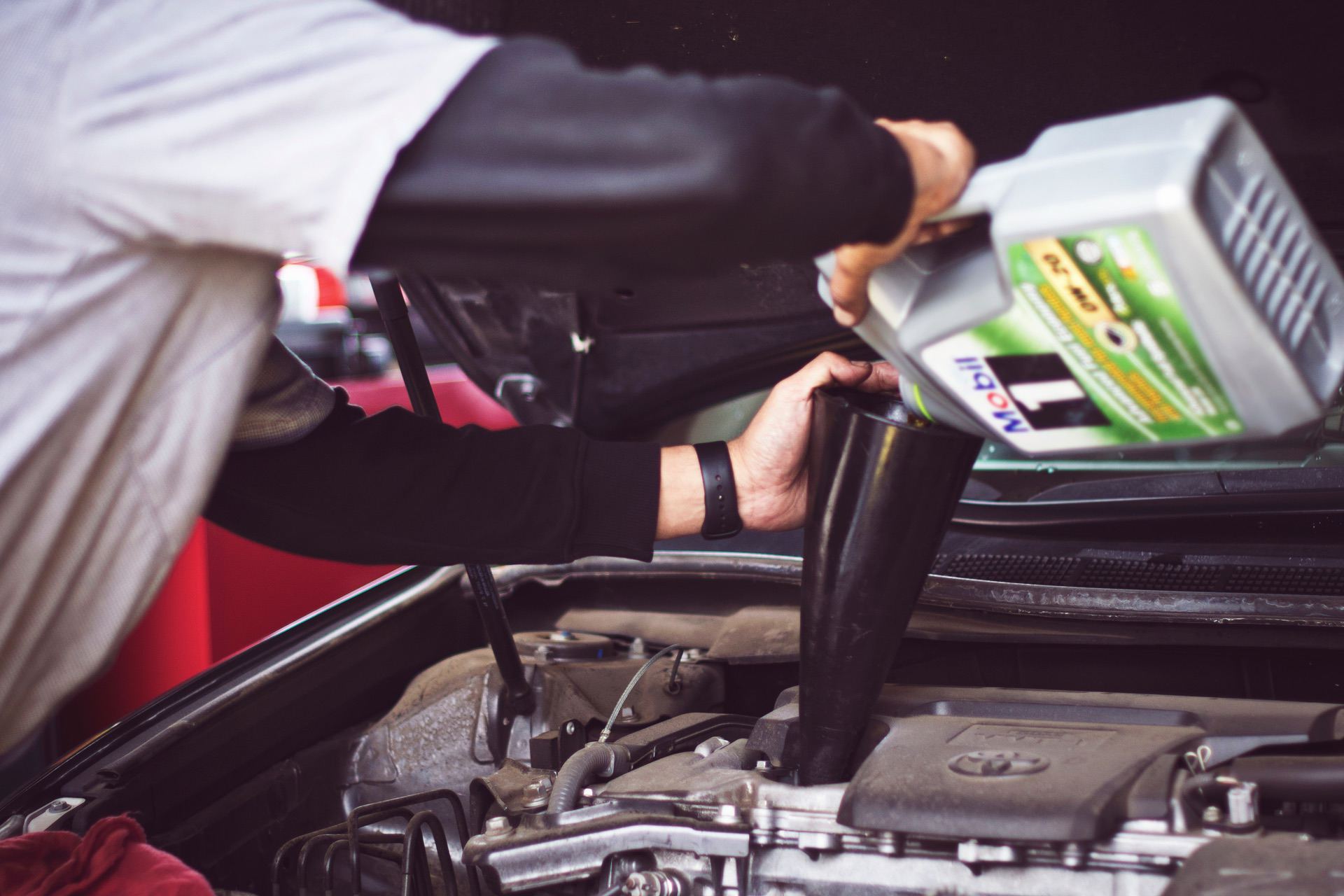At Ox-In-Flames we’re keen to ensure you have trouble free motoring in a car you can trust. We receive a fair number of enquiries for DPF faults so thought it’d be a good idea to give you the information you need to keep yours healthy.
Do you own a diesel car built after 2009? If so, you may not know it but it features a Diesel Particulate Filter or DPF.
Car makers introduced the device to help reduce exhaust emissions. Unfortunately, DPFs can quickly become blocked, leading to breakdown and the likelihood of an expensive repair bill.
There are many causes of this kind of problem including the wrong engine oil, frequent short journeys, or issues with various engine components.
What is a DPF?
The job of a DPF Filter is to trap the particles of soot that are generated when diesel fuel is burned to stop these from getting into the atmosphere.
The term used by professionals for cleaning one of these filters is ‘DPF regeneration’. In the main, it happens automatically when the car’s engine reaches a certain temperature. This occurs normally when the car is being driven at motorway speed, or on a long drive.
However, when a car is mostly driven on short start-stop journeys around town because the exhaust doesn’t achieve the temperature to burn off the soot the DPF cannot ‘regenerate’ on its own.
If this happens the engine recognises the blocking process has begun and alerts the driver, normally with a dashboard warning light. When this occurs it’s recommended you take the car for a run to enable the regeneration process to take place.
The majority of engine management systems will regenerate the DPF when a car is driven above 40mph for between 10 and 15 minutes.
Don’t ignore the warning as the DPF is liable to become even more blocked triggering the ‘limp’ mode and you are likely to see other warning lights indicating the vehicle should be taken to the garage. This could result in the need for an expensive repair.

Removing the DPF filter is not an option because a missing DPF filter would result in an automatic MOT fail, and could invalidate the warranty.
Because many diesel cars aren’t always driven in a manner that makes high-speed DPF regeneration a safe-bet option, some manufacturers have installed ‘active’ regeneration systems that solve the issue of clogged particulate filters.
This involves engine software that spots when a DPF is on the way to being blocked. It then begins a process injecting more fuel into the engine, increasing the temperature and so triggering the necessary regeneration.
Known as “active regeneration” this process takes around 5 to 10 minutes to finish, and generally occurs every 300 miles or depending on a driver’s driving style and how often the car is driven.
Active regeneration isn’t always successful, especially if you tend to make short journeys in urban areas, which interrupts the regeneration process.
Why is a DPF required?
Drivers of cars that are meant to have DPFs can face significant penalties if the filter is removed from the car’s exhaust system because European emissions regulations are strict. It’s an offence to have a DPF removed and drivers have been fined under the Road Vehicles (Construction and Use) Regulations Act. Removal could also invalidate the insurance and lead to an MOT failure.
How To Avoid A Big Bill?
So… if your DPF light is on and remains lit after you’ve followed the instructions in your handbook for regeneration (driving on a dual carriageway etc), what next?
We’re keen to keep any remedial work to a minimum which is why accurate diagnosis is essential. There are a number of subsystems that are required for efficient regeneration (glow plugs, additive injectors etc), it’s very common for one of these to have caused the fault.Once we’ve found the root cause we can then assess if cleaning the DPF is suitable.
At Ox-In-Flames we have a lot of experience in DPF repairs. You’ll be guaranteed a high level of workmanship and great value.
Call today with you DPF faults. We’re here to help.



